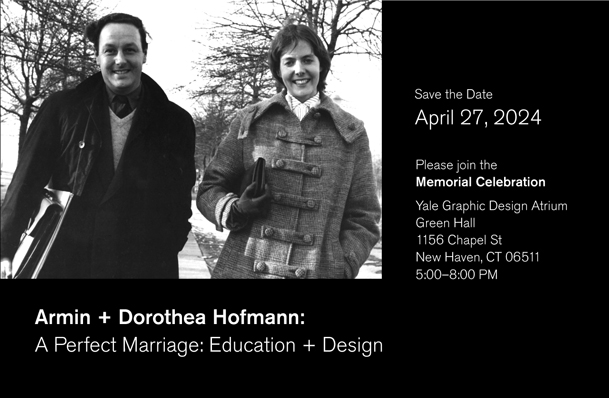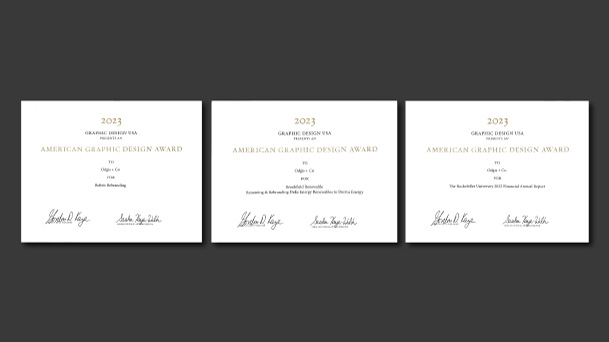Visual Language: The Way to our Hearts and Minds
We think visually. The way to our hearts and minds is through our eyes. Seeing and feeling go hand in hand. What we see is so much more powerful than what we read. Because of this, visual language is a powerful form of communication that has the ability to influence behavior.
The ability to think visually begins soon after birth; infants start to recognize distinct visual patterns in the world around them. Such familiarity and connection makes this form of identification an especially powerful tool. For centuries, it has formed the backbone of communication and behavioral influence, especially during eras in which relatively few people could read.
Symbols, images, and patterns make up visual language. We know that certain visual cues will make an audience react in visceral ways. Because these cues or representations spark instant understanding and connection, they plunge the viewer right into emotion.
What makes a visual language effective, especially in a world where our brains instantly dismiss so much? Our eye tends to gloss over environments that are too organized. When we see elements that are dynamic and in motion, on the other hand, we take notice; we may even feel uncomfortable. That’s the dynamic tension from which memorable visual languages derive their energy.
We see, then feel, then respond physically. We filter our feelings through our experiences. We act and react based partially on reality, and partially on learned patterns of behavior. We pay attention when something less familiar comes into our consciousness, something that is not resolved.
The combination of familiar patterns and symbols within a dynamic composition grabs your attention. It suggests a question while asking us to resolve or finish the story. By setting the view slightly off balance you create a dynamic tension. With this tension you now have the viewer’s attention. Once you isolate the source of tension, you’re on the road to figuring out what makes this particular language an effective one. How can you use this? Let me count the ways.
Abstract visual language was utilized during the Russian revolution to get the attention of the illiterate for the purpose of political propaganda. It relied upon images combined with very few words to communicate ideas.
In 1920s Russia, the philosophy of Constructivism emerged in art and architectural circles. As a visual language, Constructivism embraces asymmetrical balance, along with geometric reduction and simplified palettes. In its origins as ‘art in the service of the Revolution,’ it combines assorted mechanical objects into abstract structural forms.
Within a few years of its creation, Constructivism was adapted by Bauhaus into the latter’s new world paradigm. A design movement based in Germany, Bauhaus centered on geometric purity and an emphasis on form fitting function. The paradigm influenced the emergence of Modernism, as well as the Swiss Style visual language.
The International Style, another Bauhaus-related movement, had a profound influence on graphic design as a part of the Modernist movement, impacting many design-related fields such as architecture and art. Its values of cleanliness, readability and objectivity are readily visible in the design, architecture, and products of the modern world.
Influenced heavily by Russia and Germany, Swiss Style—which also emphasizes simplicity and objectivity—achieved its own fame in the 1950s, driven by designers in Switzerland. Key figures in the movement included Josef Müller-Brockmann at the Zurich School of Arts and Crafts, along with Armin Hofmann at the Basel School of Design. The elements of Swiss Style, including the use of a grid as a framework for organizing design, would go on to have a sizable impact on the development of graphic design in the mid-20th century.
Swiss Style also emphasizes asymmetrical balance, a distinctive use of negative space that creates dynamic tension, which engages the viewer. A simple example is the difference between the Gutenberg Bible (symmetry), which is equally balanced on both sides, and a Mondrian painting (asymmetry), in which order is established from unlike forms composed in space. Attention is paid to the edges of the composition, and how forms enter and exit on all sides.
New Swiss design acknowledges the grid and plays with deconstructing it to create a dynamic tension. Designers these days aren't afraid to push boundaries, while still recalling what made its previous iterations so powerful.
Visual language connects the viewer in a way that words could not. They work on a deep, intuitive, emotional level. We have only scratched the surface on what is possible in creating a visual experience.
Odgis + Co is an award-winning brand design studio based in New York City. For 30 years, Janet Odgis has worked with some of the world's most prestigious corporations reinventing ways to define and express their brands. She is a contributer to HuffPost and shares articles on LinkedIn.
The ability to think visually begins soon after birth; infants start to recognize distinct visual patterns in the world around them. Such familiarity and connection makes this form of identification an especially powerful tool. For centuries, it has formed the backbone of communication and behavioral influence, especially during eras in which relatively few people could read.
Why is this important?
Symbols, images, and patterns make up visual language. We know that certain visual cues will make an audience react in visceral ways. Because these cues or representations spark instant understanding and connection, they plunge the viewer right into emotion.
What makes a visual language effective, especially in a world where our brains instantly dismiss so much? Our eye tends to gloss over environments that are too organized. When we see elements that are dynamic and in motion, on the other hand, we take notice; we may even feel uncomfortable. That’s the dynamic tension from which memorable visual languages derive their energy.
Your Subconscious Reacts
We see, then feel, then respond physically. We filter our feelings through our experiences. We act and react based partially on reality, and partially on learned patterns of behavior. We pay attention when something less familiar comes into our consciousness, something that is not resolved.
The combination of familiar patterns and symbols within a dynamic composition grabs your attention. It suggests a question while asking us to resolve or finish the story. By setting the view slightly off balance you create a dynamic tension. With this tension you now have the viewer’s attention. Once you isolate the source of tension, you’re on the road to figuring out what makes this particular language an effective one. How can you use this? Let me count the ways.
The History of Visual Language
Abstract visual language was utilized during the Russian revolution to get the attention of the illiterate for the purpose of political propaganda. It relied upon images combined with very few words to communicate ideas.
In 1920s Russia, the philosophy of Constructivism emerged in art and architectural circles. As a visual language, Constructivism embraces asymmetrical balance, along with geometric reduction and simplified palettes. In its origins as ‘art in the service of the Revolution,’ it combines assorted mechanical objects into abstract structural forms.
Within a few years of its creation, Constructivism was adapted by Bauhaus into the latter’s new world paradigm. A design movement based in Germany, Bauhaus centered on geometric purity and an emphasis on form fitting function. The paradigm influenced the emergence of Modernism, as well as the Swiss Style visual language.
The International Style, another Bauhaus-related movement, had a profound influence on graphic design as a part of the Modernist movement, impacting many design-related fields such as architecture and art. Its values of cleanliness, readability and objectivity are readily visible in the design, architecture, and products of the modern world.
Influenced heavily by Russia and Germany, Swiss Style—which also emphasizes simplicity and objectivity—achieved its own fame in the 1950s, driven by designers in Switzerland. Key figures in the movement included Josef Müller-Brockmann at the Zurich School of Arts and Crafts, along with Armin Hofmann at the Basel School of Design. The elements of Swiss Style, including the use of a grid as a framework for organizing design, would go on to have a sizable impact on the development of graphic design in the mid-20th century.
Swiss Style also emphasizes asymmetrical balance, a distinctive use of negative space that creates dynamic tension, which engages the viewer. A simple example is the difference between the Gutenberg Bible (symmetry), which is equally balanced on both sides, and a Mondrian painting (asymmetry), in which order is established from unlike forms composed in space. Attention is paid to the edges of the composition, and how forms enter and exit on all sides.
New Swiss design acknowledges the grid and plays with deconstructing it to create a dynamic tension. Designers these days aren't afraid to push boundaries, while still recalling what made its previous iterations so powerful.
Visual language connects the viewer in a way that words could not. They work on a deep, intuitive, emotional level. We have only scratched the surface on what is possible in creating a visual experience.
Odgis + Co is an award-winning brand design studio based in New York City. For 30 years, Janet Odgis has worked with some of the world's most prestigious corporations reinventing ways to define and express their brands. She is a contributer to HuffPost and shares articles on LinkedIn.



